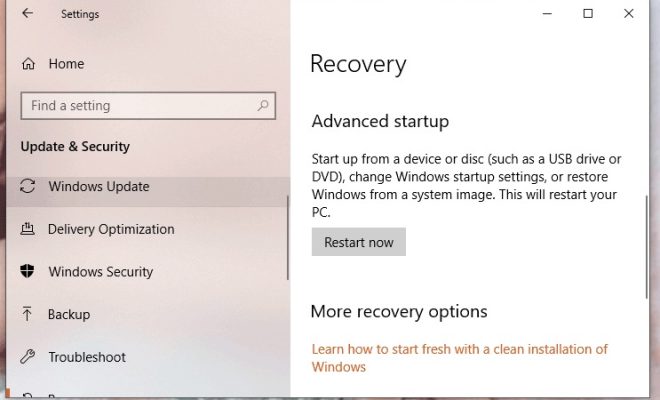How to Tune a Cello: 13 Steps

Tuning your cello is an essential skill that every cellist must master. In this article, we’ll walk you through a 13-step process to tune your cello with ease. By following these steps, you’ll be able to ensure that your instrument sounds its best during practice or performance.
1. Gather your materials: To start, you’ll need a tuning fork (A-440 Hz), electronic tuner or a tuning app downloaded on your smartphone.
2. Find a quiet space: It’s important to find a quiet environment so that you can listen carefully and accurately tune your cello.
3. Familiarize yourself with the strings: The cello has four strings – C (lowest), G, D, and A (highest).
4. Position your cello: Sit up straight with the cello resting against your chest. The endpin should be adjusted so the cello sits comfortably at an angle between your knees.
5. Tune the A string first: Your reference pitch will either come from the tuning fork, electronic tuner or tuning app. Pluck or bow the A-string lightly while comparing it to the reference pitch.
6. Adjust the fine tuner: If the pitch is sharp (higher than the reference pitch), turn the fine tuner counterclockwise; if it’s flat (lower than the reference pitch), turn it clockwise.
7. Repeat the process for other strings: Tune the D string, using its respective tuner, followed by G and then C strings.
8. Check for accuracy with a tuner or app: Cross-check your tuning using an electronic tuner or app to see if all strings are in tune.
9. Use pegs at this step if necessary: If any of the strings are significantly out of tune or not responsive to fine tuners, use pegs to adjust their pitch. Push each peg in slightly as you turn it.
10. Retune A string if needed: After all strings have been adjusted, go back and check your A string to make sure it hasn’t shifted during the process.
11. Practice playing in tune: Once all the strings are properly tuned, play some scales and arpeggios so your fingers and ears become accustomed to the pitch.
12. Fine-tune often: In the beginning, you’ll want to fine-tune your cello more frequently as your ear develops. As you become more comfortable with the tuning process, these adjustments will be less frequent.
13. Maintain your cello: Keep your cello clean, store it in a temperature-controlled environment, and change the strings regularly. These steps will help maintain your instrument’s sound quality and help with accurate tuning.
With practice and patience, tuning a cello will soon become second nature. As you develop your ear and become more familiar with the instrument, you’ll be able to confidently ensure that your cello is always in tune and ready for any musical situation.

